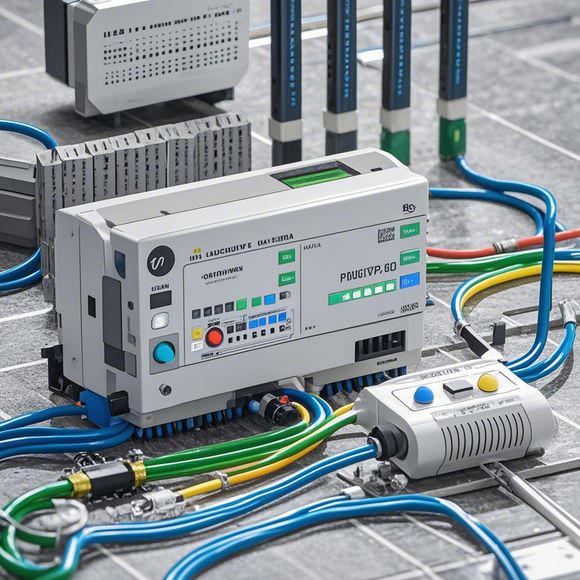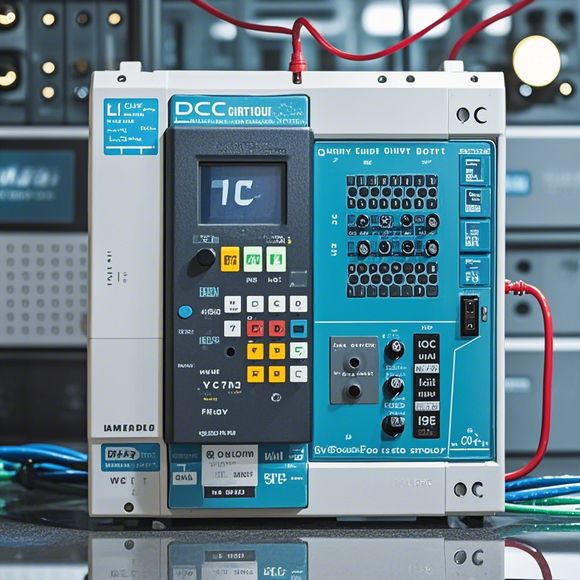PLC - Programmable Logic Controller
PLC stands for Programmable Logic Controller. It's a type of digital control system that allows for the automation of industrial processes. PLCs are designed to be easy to program and operate, making them ideal for use in manufacturing and other industrial settings. They can be programmed to perform a wide range of functions, including controlling machines, monitoring sensors, and adjusting settings. PLCs are also highly reliable and can withstand harsh environments, making them a popular choice for industrial applications. Overall, PLCs are an important tool for modern industrial operations.
Hello everyone, today I'm going to talk about the PLC, which stands for Programmable Logic Controller. It's a device that helps in controlling and monitoring industrial processes. It's used in various industries like manufacturing, construction, and automation.
The PLC is a digital computer that can be programmed to perform specific tasks. It has a small microprocessor inside it that can execute instructions stored in memory. The PLC communicates with other devices through a network of input/output ports. These ports allow the PLC to receive data from sensors or other devices, process this data, and then send the results back to the control system.
One of the main advantages of using a PLC is its flexibility. You can program the PLC to perform different tasks based on the requirements of your project. For example, you can use it to control a machine tool or monitor a production line. The PLC can also be programmed to respond to changes in the environment, such as temperature or pressure. This makes it ideal for applications where safety is critical, such as in chemical or oil refining plants.
Another advantage of the PLC is its reliability. It's designed to withstand harsh conditions and operate continuously without needing regular maintenance. This makes it an ideal choice for applications where downtime could cause significant losses.

In addition to its technical advantages, the PLC also offers cost savings. Since it can be programmed to perform multiple tasks, it reduces the need for separate control systems for each task. This means that you can save money by purchasing one PLC instead of several smaller devices.
Now let's move on to some examples of how we use PLCs in real-world scenarios. One common application is in manufacturing. For example, a PLC can be used to control a robot arm that moves parts around a factory floor. The PLC can monitor the position of the robot and adjust its movements based on the current state of the workpiece being processed. This ensures that the parts are handled correctly and efficiently.
Another example is in the field of automation. A PLC can be used to control a conveyor belt that moves materials from one location to another. The PLC can monitor the speed of the belt and adjust it based on the amount of material being moved. This ensures that the materials are delivered quickly and efficiently.

In conclusion, the PLC is a powerful tool that can help you control and monitor industrial processes. Its flexibility, reliability, and cost savings make it an ideal choice for many applications. So if you're looking for a reliable and efficient way to manage your industrial operations, consider investing in a PLC.
Content expansion reading:
Articles related to the knowledge points of this article:
Smart Manufacturing Solutions with PLC Integrated Machinery
PLC Controller Selection Guide for Foreign Trade Operations
Mastering the Art of Plc Controllers: A Comprehensive Guide to Understand and Implement
PLC Controller Wiring Guideline